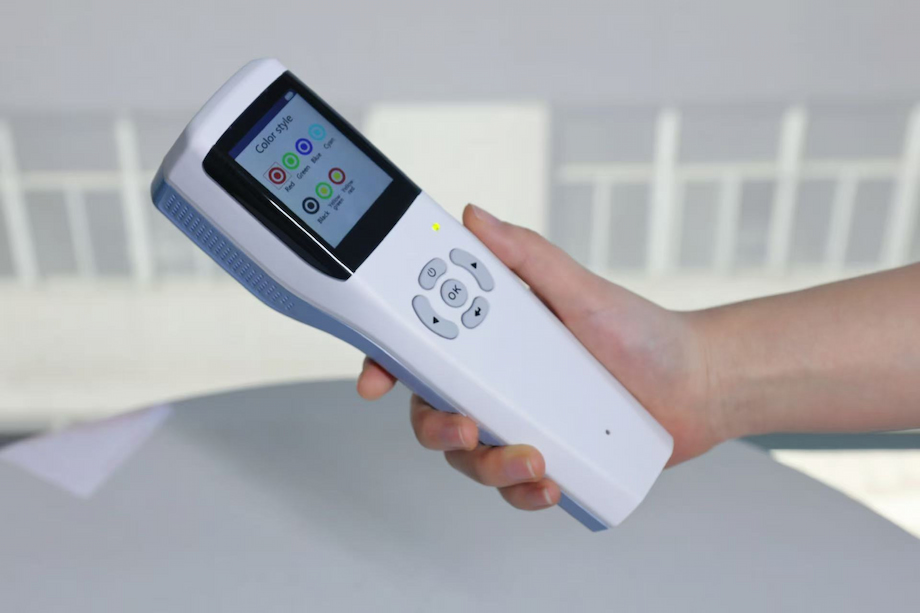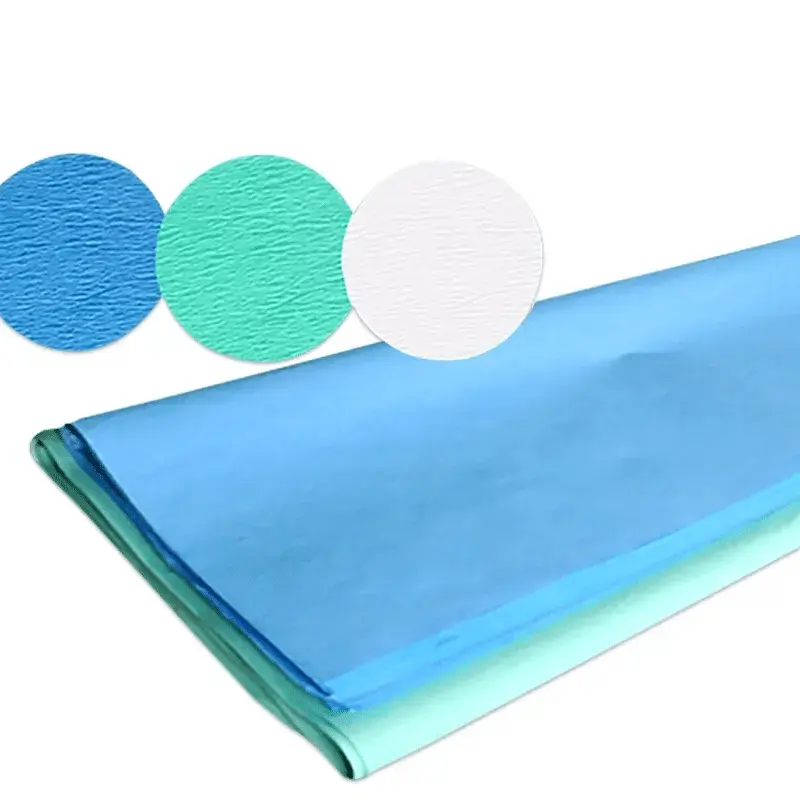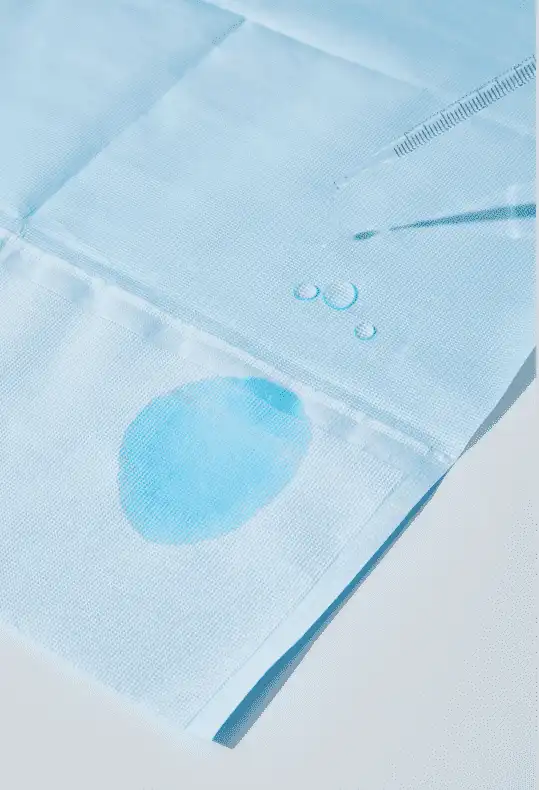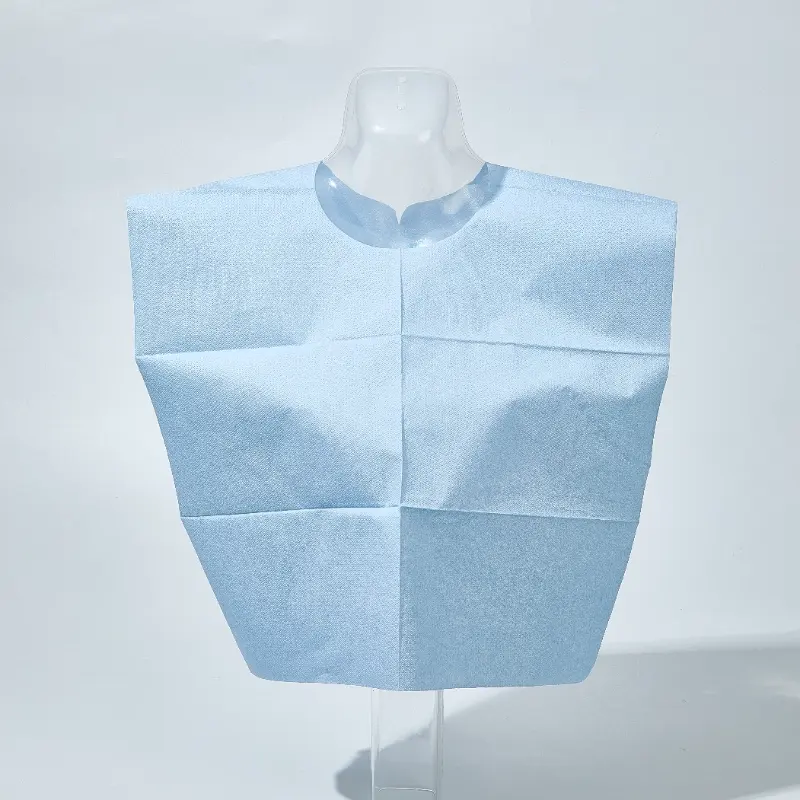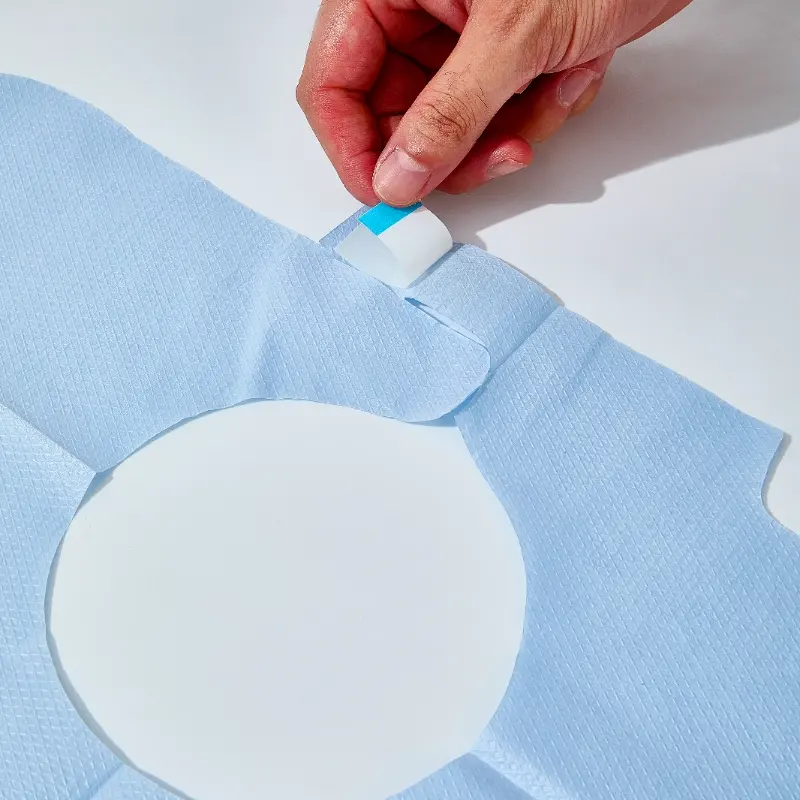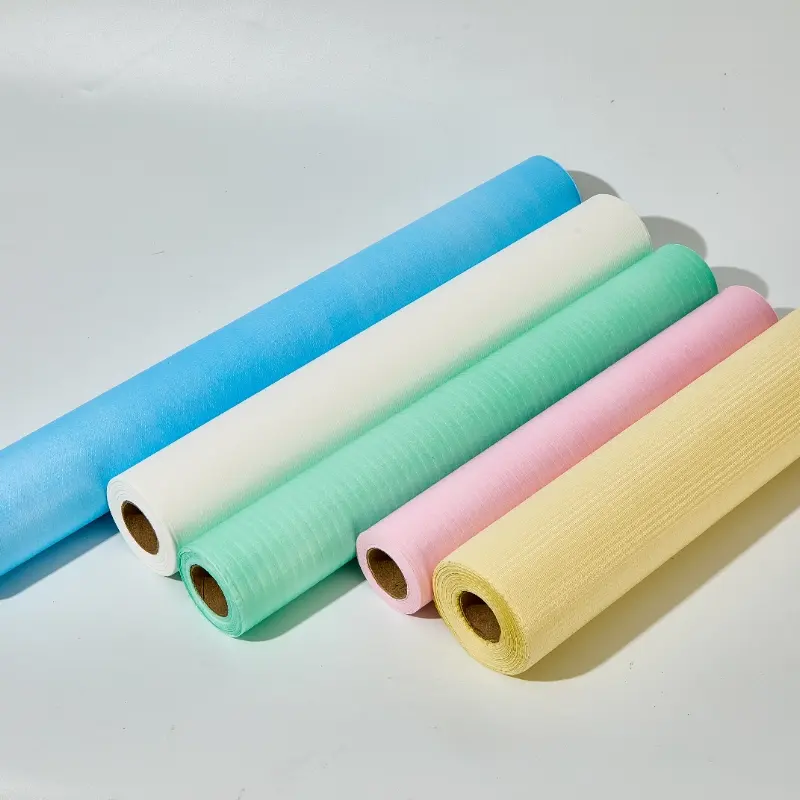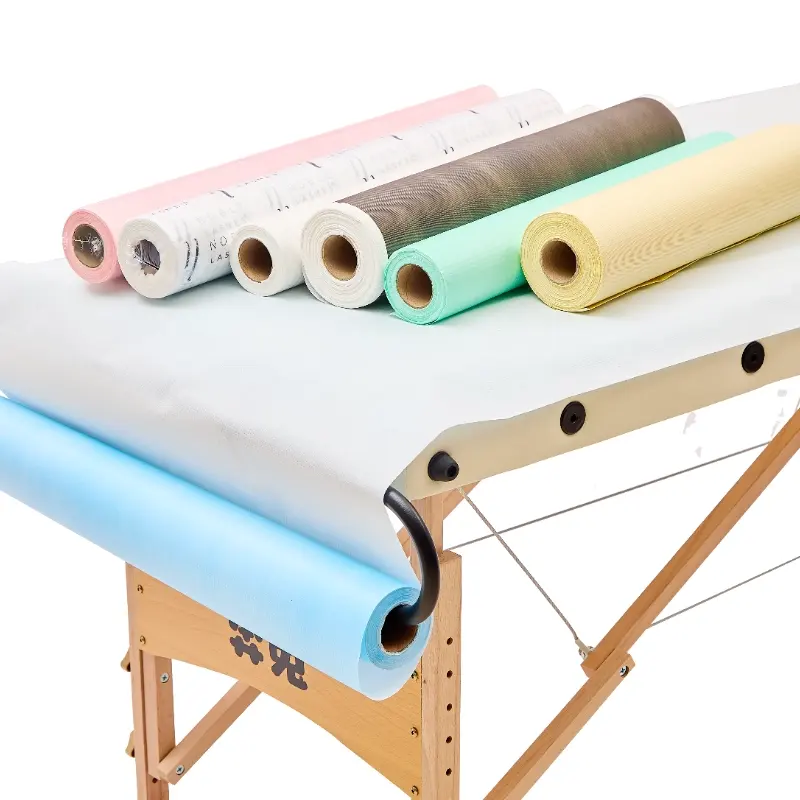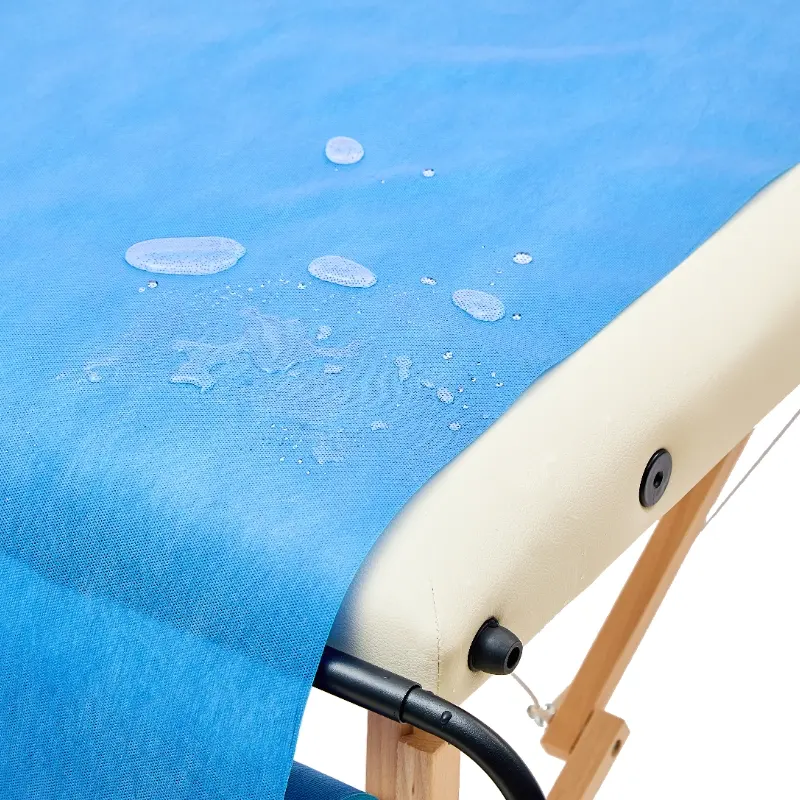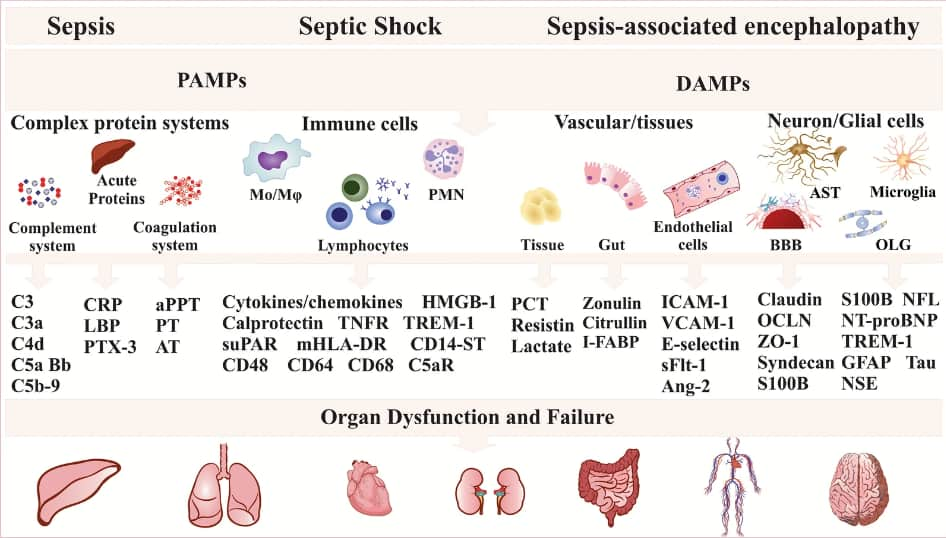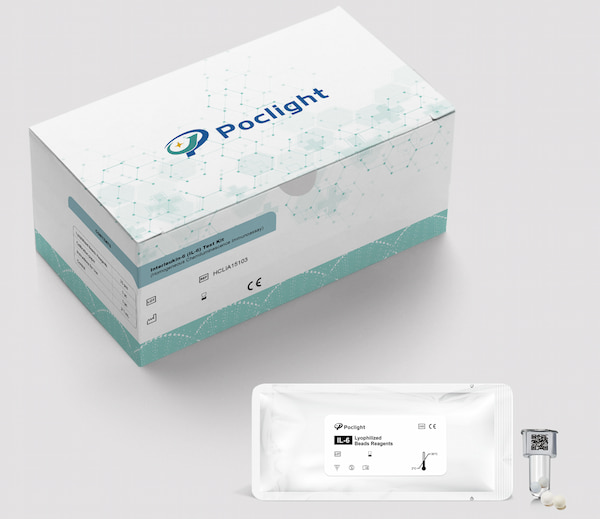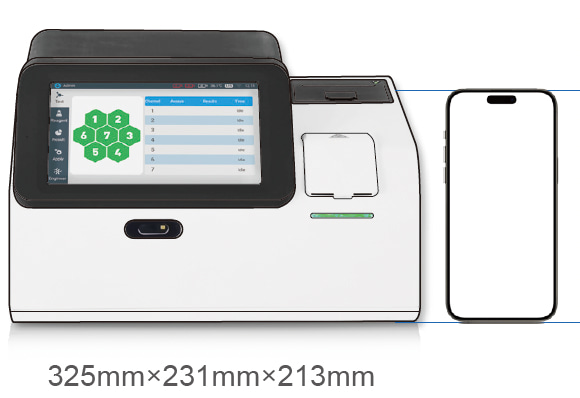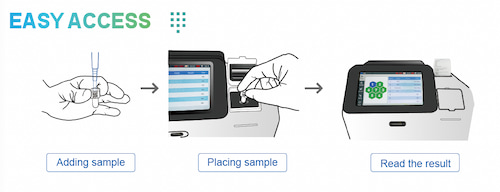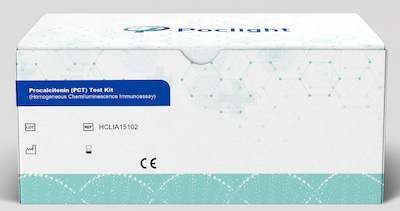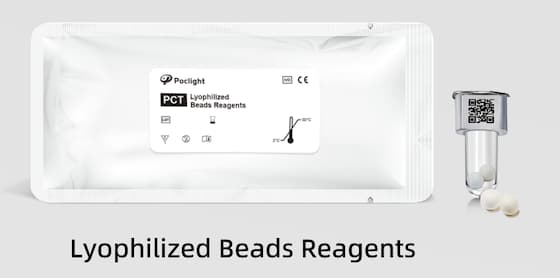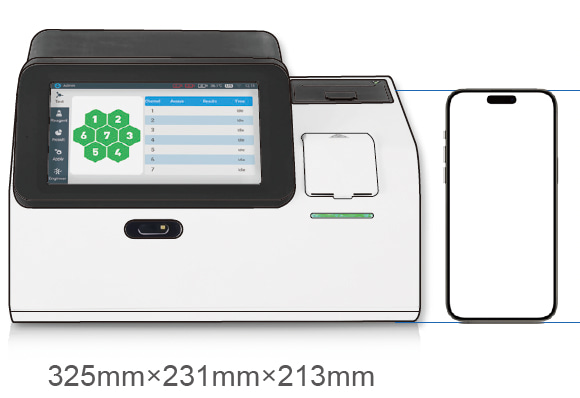Chronic cervicitis, including cervical erosion, hypertrophy, polyps, etc., are common conditions in women of childbearing age. In some gynecological outpatient departments, the incidence can reach nearly 10%. Traditional treatment methods such as cryotherapy, laser, microwave, and medications have had some efficacy but often fail to achieve satisfactory results and have high recurrence rates. In recent years, the incidence of CIN (Cervical Intraepithelial Neoplasia) has been rising among women of reproductive age, which is a crucial stage in the progression to invasive cervical cancer. Early diagnosis and treatment can significantly reduce the incidence of cervical cancer. Some hospitals have now included cervical carcinoma in situ in the scope of LEEP electrosurgical excision.
LEEP electrosurgical excision has shown significant advantages in the treatment of cervical diseases. According to the clinical observation study "Clinical Observation of LEEP Electrosurgical Excision for Cervical Diseases in 276 Cases," published by Wu Shengjun and others in Chinese Journal of Maternal and Child Health Research, this technique uses a high-frequency electrosurgical knife to precisely excise the diseased tissue. The procedure causes minimal discomfort for patients, with only a small number experiencing mild lower abdominal pain or a burning sensation. The average blood loss is only 5-6 mL, and the surgery time is as short as 7.3 minutes, with no need for hospitalization, making it an outpatient procedure. Postoperative recovery is quick, with 96.4% of patients showing normal cervical morphology within 1-2 months, and the overall complication rate is low.
Furthermore, the LEEP procedure combines both diagnostic and therapeutic functions. The excised tissue is free of carbonization, making it suitable for pathological examination, which is especially beneficial for early intervention in CIN. Compared to traditional methods such as cryotherapy and laser, LEEP has a lower recurrence rate and can preserve the patient's fertility. It is effective for various lesions such as cervical erosion, polyps, condyloma acuminata, and submucosal fibroids, and is easy to operate with high safety. Although long-term outcomes, such as the risk of cervical canal stenosis, still require more data validation, existing research indicates that its clinical value for widespread use is significant.
ShouLiang-med is committed to providing safe and stable high-frequency surgical equipment and a variety of gynecological surgical instruments. Its self-developed High Frequency Generator feature multiple cutting and coagulation modes, which meet the cutting and coagulation needs of gynecological surgeries, further reducing surgery time and blood loss, thereby ensuring patient safety. The company also offers different specifications of LEEP electrodes to meet the needs of various surgical scenarios. The electrodes are made of high-quality tungsten alloy, which further reduces the risks associated with tissue adhesion and carbonization during the procedure. Shouliang Medical's instruments are recognized by clinicians for their excellent materials, good anti-adhesion properties, and precise cutting and coagulation effects. The company hopes to provide safer solutions for global patients and more efficient energy systems for medical institutions in the future.
